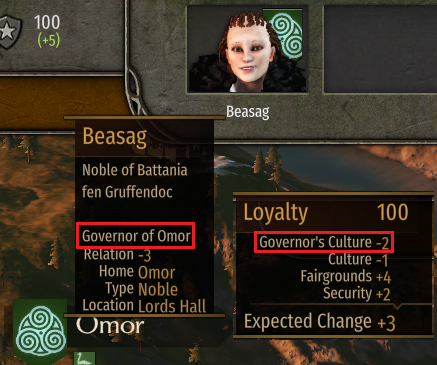Let me give you some information about latest developments :
I examined why kings are overriding most decisions and taking all settlements and I see related code is changed new (at 1.4s) and new code is not well written and not working good, there were lots of bugs there, reported it. I hope it will be fixed. Also currently at 1.4s kings do not spend any influence for overriding decisions, that part is also forgetten while rewriting that code parts. So you are right kings being so greedy is a bug / not intended and I had no information about this part is changed. Still even it is fixed we need to give reasons for kings to stop overriding all decisions, they can have enough influence but other than influence cost we need more penalties like relation penalties.
We decreased influence gain of forum building by half and prosperity effect of aquaduct building by half and increased all building costs about 2- 2.5x also decreased village hearth increase to 0.5 from 1 daily. Now you will not see all buildings are level 3 and all village hearths are 600+ from 1090s. So this will slow down influence / prosperity / village hearth inflation a bit. If this is not enough we can implement new decay systems for especially influence variable in future. Also hostile actions like sieges should damage buildings more we can add these developments in future. Also I see most policies award clans with 3+ tier. So they get lots of influence. I will report this too these policies need some work & balance.
About starving problem, I added a new code to lower garrison numbers in fortifications with low prosperity, if tests are finished today this will be send with hotfix today with above ones, this will probably reduce amount of starving settlements. I will continue working on starving problem. I know this is not enough. I will make new tests to see what is starving settlements ratio now after these and will report you. Also related people are working on to reduce number of wars at 1.4.1 as you know war / peace systems are changed (which is another reason of starvation) if everything goes fine we can send hotfix today. I have less info about if lots of war problem is fixed or not.
I examined why kings are overriding most decisions and taking all settlements and I see related code is changed new (at 1.4s) and new code is not well written and not working good, there were lots of bugs there, reported it. I hope it will be fixed. Also currently at 1.4s kings do not spend any influence for overriding decisions, that part is also forgetten while rewriting that code parts. So you are right kings being so greedy is a bug / not intended and I had no information about this part is changed. Still even it is fixed we need to give reasons for kings to stop overriding all decisions, they can have enough influence but other than influence cost we need more penalties like relation penalties.
We decreased influence gain of forum building by half and prosperity effect of aquaduct building by half and increased all building costs about 2- 2.5x also decreased village hearth increase to 0.5 from 1 daily. Now you will not see all buildings are level 3 and all village hearths are 600+ from 1090s. So this will slow down influence / prosperity / village hearth inflation a bit. If this is not enough we can implement new decay systems for especially influence variable in future. Also hostile actions like sieges should damage buildings more we can add these developments in future. Also I see most policies award clans with 3+ tier. So they get lots of influence. I will report this too these policies need some work & balance.
About starving problem, I added a new code to lower garrison numbers in fortifications with low prosperity, if tests are finished today this will be send with hotfix today with above ones, this will probably reduce amount of starving settlements. I will continue working on starving problem. I know this is not enough. I will make new tests to see what is starving settlements ratio now after these and will report you. Also related people are working on to reduce number of wars at 1.4.1 as you know war / peace systems are changed (which is another reason of starvation) if everything goes fine we can send hotfix today. I have less info about if lots of war problem is fixed or not.
Last edited:













